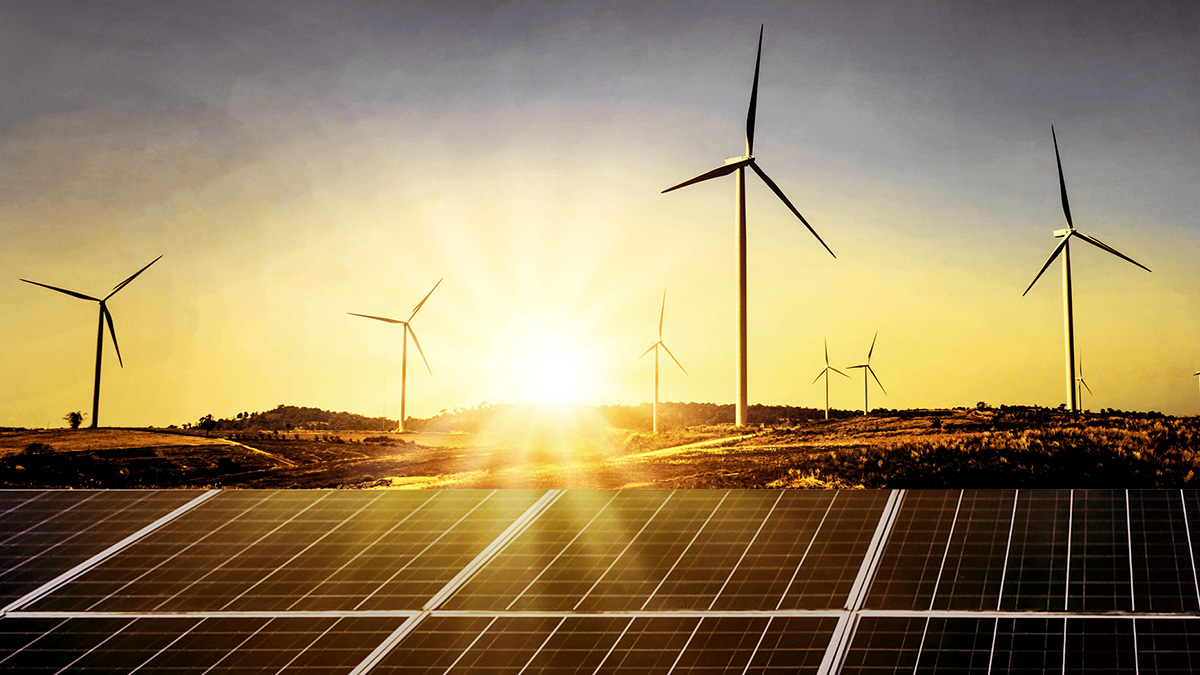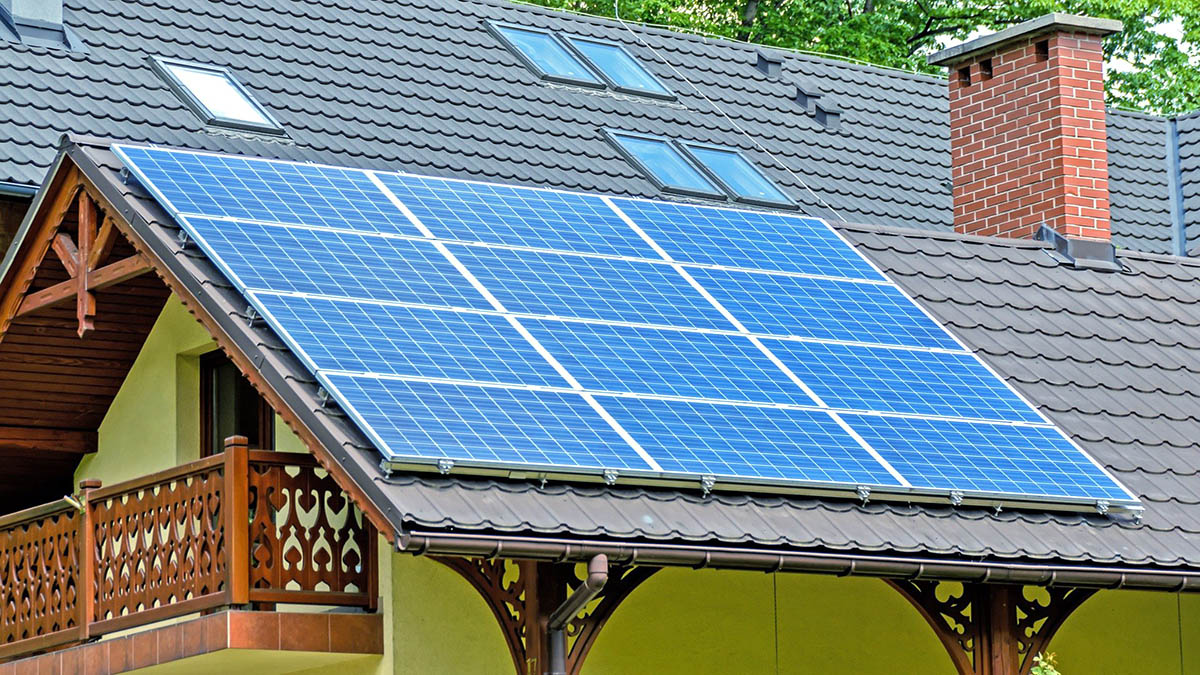The peak power demand in Delhi is expected to cross the 8,000 MW mark for the first time in the summer of 2022, the BSES said on Monday, asserting that its DISCOMs are prepared to meet the record demand. This is more than the all-time peak power demand of 7,409 MW recorded in 2019. During the summer of 2020, it had clocked 6,314 MW.
“After clocking 7,323 MW in 2021, Delhi’s peak power demand during the summer of 2022 may cross the 8,000 MW mark for the first time. This expected peak power demand of around 8,200 MW is an increase of around 285% over the 2,879 MW in 2002,” the BSES said in a statement.
The peak power demand in BSES Rajdhani Power Limited (BRPL) area of South and West Delhi, which had clocked 3,118 MW and 2,815 MW during the summers of 2021 and 2020 respectively, is expected to reach around 3,500 MW in the summer of 2022.
In BSES Yamuna Power Limited (BYPL) area of East and Central Delhi, the peak power demand, which had reached 1,656 MW and 1,439 MW during the summers of 2021 and 2020 respectively, is expected to touch around 1,800 MW this year.
The BSES said its power distribution companies are geared up to source adequate electricity to meet the power demand of over 18 million residents in South, West, East and Central Delhi.
These arrangements include long term Power Purchase Agreements (PPAs) and banking arrangements with other states including Tamil Nadu, Himachal Pradesh, Meghalaya, Sikkim, Goa and Aunachal Pradesh, it said.
BSES DISCOMs will get up to 690 MW (BRPL 440 MW, BYPL 250 MW) of power through banking arrangements, according to the statement.
It said BSES DISCOMs have invested substantial resources to strengthen the network. A large part of the augmentation, which is necessary to carry the additional power load during summer months, has already been undertaken, the BSES statement read.










